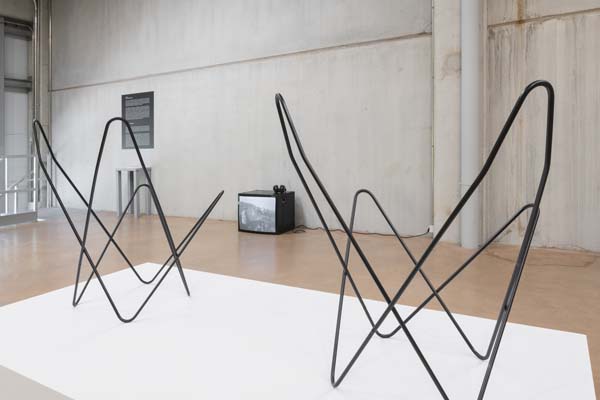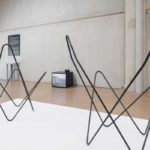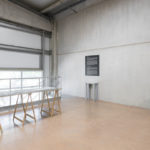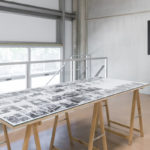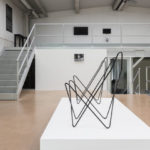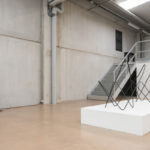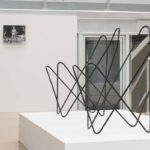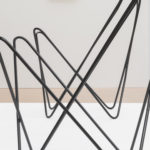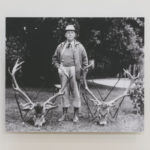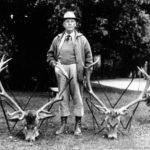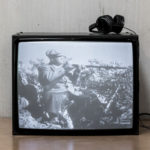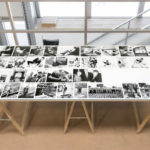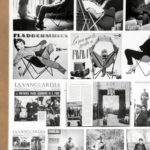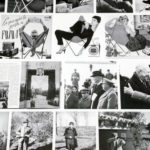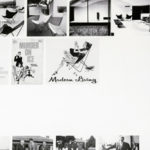2018
ADN Platform
For this exhibition in ADN Platform, Domènec presents another product of the so called Modern project. It is the iconic BKF chair, an aesthetic and functional proposal also known as “Butterfly chair” because of its morphological resemblance to the insect. The prototype consists of two symmetrical tubular pieces welded and covered by a piece of leather. A simple and soft design that also evokes the natural in its curved and sinuous forms. A morphological object that acquires an almost sculptural, even architectural, value while fulfilling its main function, that of the seat.
Created between 1938 and 1939, the BKF was designed by exiled Catalan architect Antoni Bonet Castellana and the Argentines Juan Kurchan and Jorge Ferrari-Hardoy. They met each other while working at Le Corbusier’s office in 1936. Two years later the three architects created the Austral group (1938 – 1941).
The BKF become one of the most famous designs in history. In 1944, Edgar kaufmann, MoMA’s director of Industrial Design collection at that time, acquired one BKF for the museum’s collections and two more for the iconic “Waterfall House” (Frank Lloyd Wright), example par excellence of this rationalist Modern architecture. Austral group’s proposal turned out to be another perfect example of avant-garde design and would soon become part of its history.
As usual in Domènec’s processes, with this installation the artist examines the iconic design from a new point of view. The two BKF chairs appear without their coating, the piece of leather that covers them and making us possible to sit on them. Its original function is thus nullified and now the structures are ready for being used in different ways. One of these alternatives of use could be the one we see in the dictator Francisco Franco that appears near the chairs. The dictator uses the naked frames of the chairs to proudly display his hunting trophies: two deer heads whose baroque antlers oppose the soft and synthetic lines of the BKFs’ skeletons. Ortega y Gasset said once that hunting, (also called “cynegetics”) consist of everything that is done before and after the dead of the animal, being the death a key part in the process. We can find here a certain resemblance with the evolution of modernity, an idealistic project that suffered from constantly harassment until its very crisis. The entire installation causes in its viewers a strange confusion resulting from the clash between and object based on a very specific social ideals (progress, improvement of quality life and the development of an equitable community) versus some conservative, even retrograde standars.
